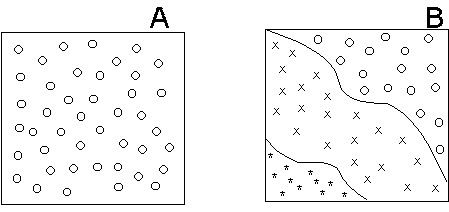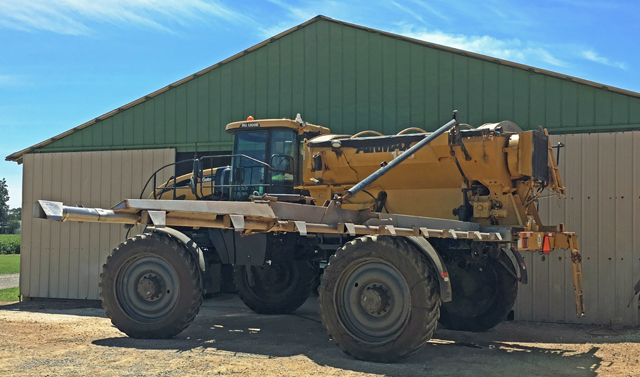Your peanut fields are harvested and you’re probably waiting for those last few bolls to bust open to finish cotton harvest. After that, it’s time to soil test!
Fertilizer expenses are 46% of your total operational costs in corn in the South. That number is 24% for cotton, and 15% for peanuts. Fertilizer is the single greatest operational cost for corn and cotton in the South, so it’s worth soil testing to manage your soil fertility carefully.
If you had nematode problems this year, you should consider submitting samples for nematode analysis as well. If you wait until winter or early spring, nematode populations will decline, and won’t provide an accurate estimation of populations in your fields. More information on nematode sampling is at this link: Sampling Instructions for Nematode Assays.
[important]Not sure what crop you’ll plant next year? You can still soil test. If you change your mind about crops, you can call the lab and they’ll re-run the recommendations using your soil test values for whatever crop you decide to plant next year. There is nothing to be gained in waiting to soil sample. You can download the UF/IFAS soil test form at this link: Commercial Producer Soil Test Form[/important]
When to zone your fields
Not all fields are uniform. If you have a non-uniform field, consider zoning it. Zoning only pays when there is significant variability in your field. Wet areas, low-yielding areas, sandy parts of the field are all factors when you’re considering zoning your field. If you pay a contractor to grid sample your field, take the time to pencil in areas that you feel should perform better. Many contractors or fertilizer suppliers will be able to spread fertilizer for you and help you design a zoned field, if needed. When they zone, you should be at the table to make sure the zones make sense. No one knows your fields like you do.

Field A is uniform and should not be zoned. Field B is highly variable. It makes sense to consider zoning Field B. Be at the table when zones are created to make sure the zones make sense.
Some contractors and fertilizer suppliers have air-boom applicators they can use on your fields. These increase uniformity and limit overlap, and can even spread cover crop seed as well. Often, these come with GPS guidance and section control. You may find that it pays to have them spread your fertilizer for you, saving you time and diesel.

An air-boom applicator available for hire can spread fertilizer and cover crop seed, and may save you time and diesel. An air boom applicator limits overlap and increases uniformity.
Don’t just focus on lime & macronutrients
Plants need more than just the macronutrients: nitrogen, phosphorous, and potassium (NPK). When is the last time your soil tested for sulfur?
Don’t ignore the secondary or the micronutrients. When applying micronutrients, it is recommended to use a liquid formulation, because the spread is more uniform than if they are applied as a granular fertilizer. For example, if you apply two lbs./acre of boron as a granular, you’ll end up with one granule here and another way over there, which won’t help your crop much. A liquid application ensures more uniform application of the micronutrients.
For more information, please read the following UF/IFAS publications:
-
Fertilization of Agronomic Crops
-
Soil Testing for Plant-Available Nutrients—What Is It and Why Do We Use It?
- Four Early-Season Lessons from 2020 Peanut Production - April 9, 2021
- Sprayer Calibration Tables – Calibration Made Easy - October 30, 2020
- Stand Issues – Should You Replant Your Peanut Field? - May 15, 2020
